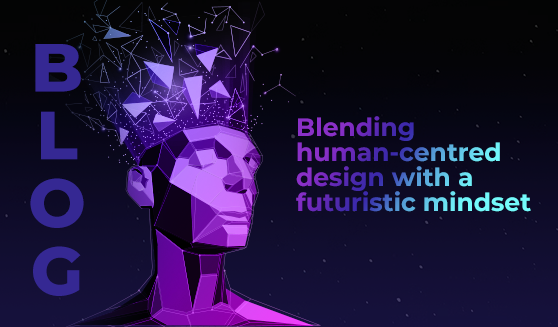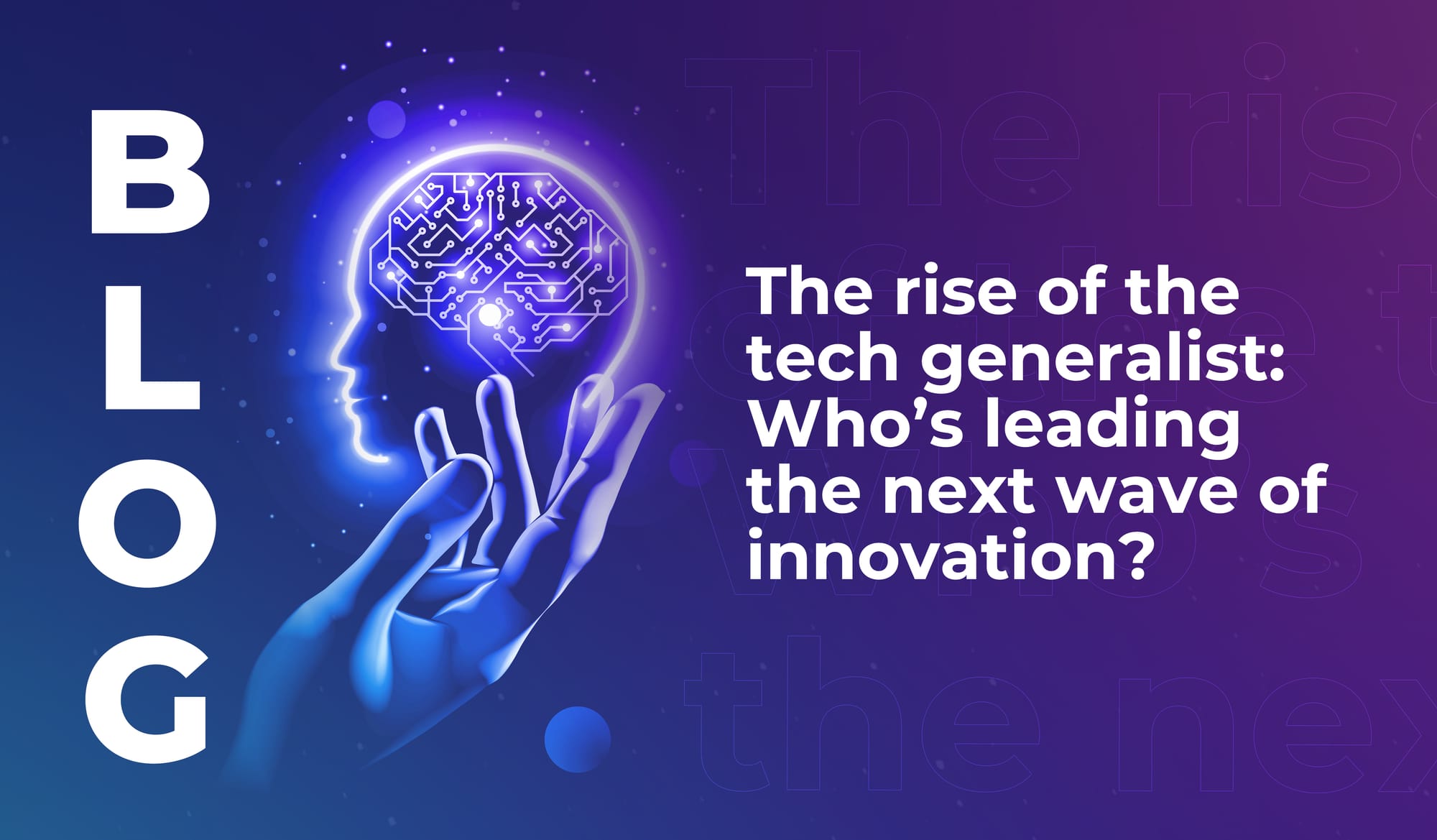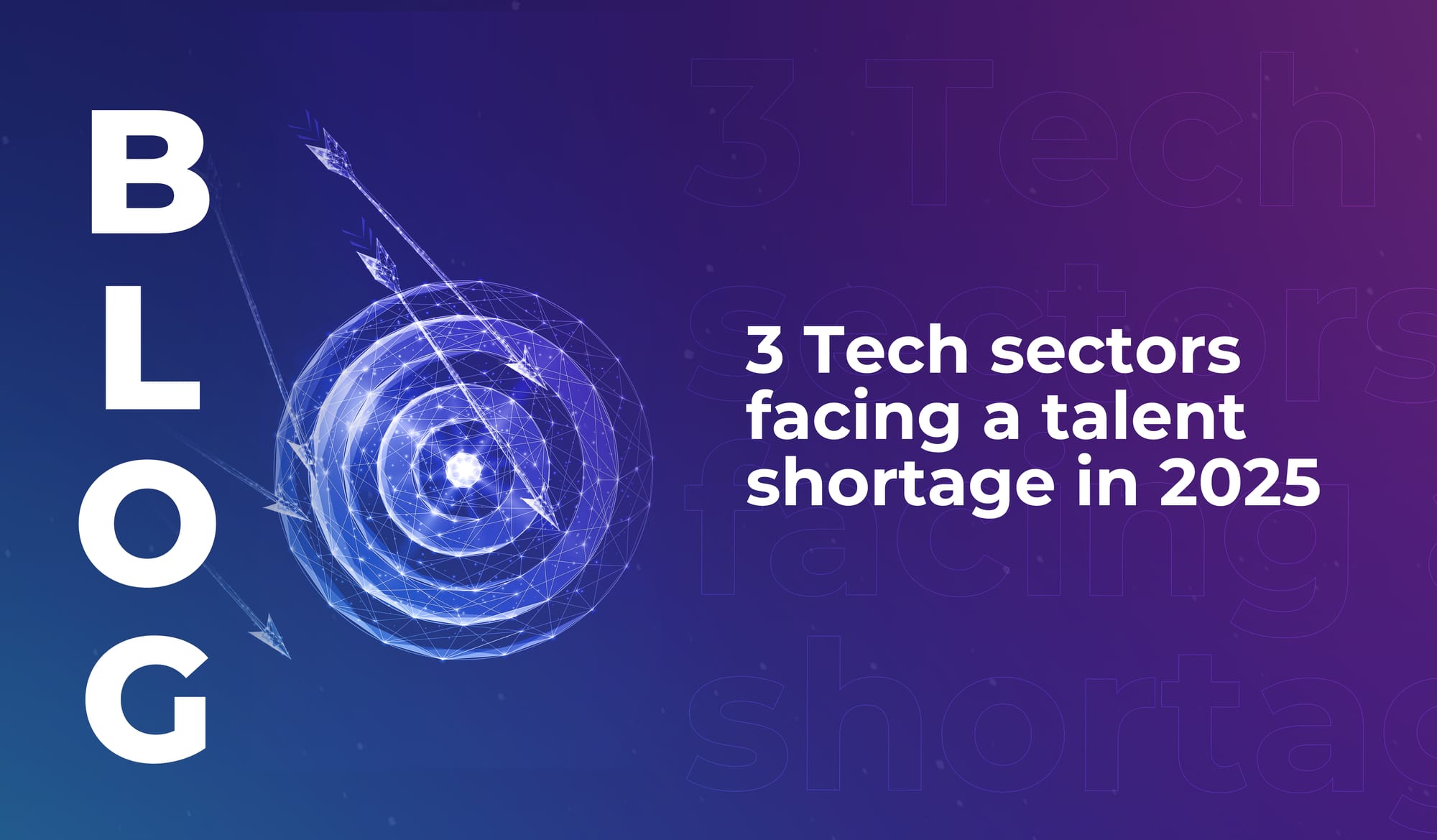
Imagine trying a new technology – something you’ve been excited about for ages. You finally have access to this exciting innovation, and you think it’ll make your life better. But when you start to use it you struggle to operate it, or you find it hard to understand the purpose of certain functions. You just don’t get it. And then you feel like you’ve failed.
Human-centred design is a philosophy that puts the end-user at the heart of the design process. It seeks to understand their needs, their desires, and their problems – and create products that answer those needs and desires in an intuitive way.
Instead of making the user feel like a failure, tech that’s designed with a human-centred approach should feel very quickly that the technology serves them well. It does what they need it to do – and it does so with an enjoyable user experience.
At its core, that’s why human-centred design matters. But there are a few other reasons too; so let’s settle down into the depths of a design philosophy, and unpick the power of designing for people.
Why does human-centred design matter?
It’s clear that this design philosophy should, when implemented effectively, deliver better outcomes for users. But what about business? Actually, human-centred design is good for business development and growth too; because it enables you to understand your customers better.
By thinking from the perspective of your users first, and designing products they really need and will truly benefit from, you can bring relevant and timely products to market – giving you a competitive advantage and driving growth.
The design process also becomes more efficient and flexible. Instead of building blindly towards a product launch, this approach tends to involve a continuous cycle of prototyping of solutions, gathering feedback on those prototypes, and then advancing the design based on that feedback. This means that the product the end-user buys is already at an advanced iteration – and it’s also been shaped by the responses of people just like them. So it’s perfectly placed to integrate seamlessly into their lives.
All of this feeds into a really great customer experience. It’ll be clear in the final product design that the developer really cares about the customer, understands what they need, and relates to the challenges they face. And the result is that people (users) feel important – so businesses can build strong relationships with their customers, increasing the likelihood of repeat purchasing and a higher lifetime value per customer.
Human-centred and focused on the future
When we interviewed LEAP 2023 speaker Phnam Bagley (Space Architect at Nonfiction Design), it was evident that her approach to design is rooted in the human-centred philosophy – even when she’s designing not for the planet that human beings inhabit, but for space.
“Philosophically, my work has always been focused on benefiting humans and the environment,” she said. “I wanted to make space more human, and a place where nature could flourish.”
And Bagley takes this approach further – by blending a futuristic perspective together with a human-centric one.
“When you don’t think about the future, you tend to answer the same questions with the same solutions. The ability to travel in space and time in your mind, uncover the possibilities and understand how we are evolving as societies is primordial to true innovation.”
Together, human-centred design and a curious, innovative, futuristic mindset form a powerful perspective for designing products that can truly meet users’ needs – first by caring about those needs, and then by predicting how challenges and desires might shift as the world changes around us.








